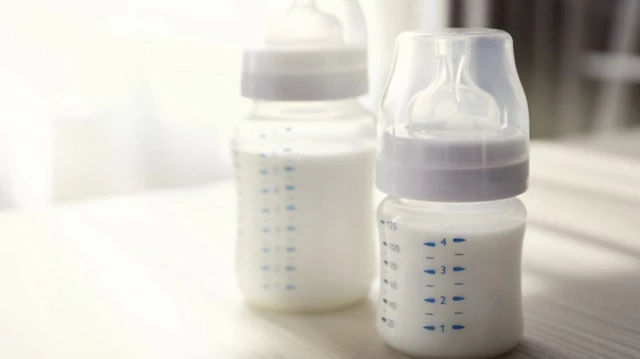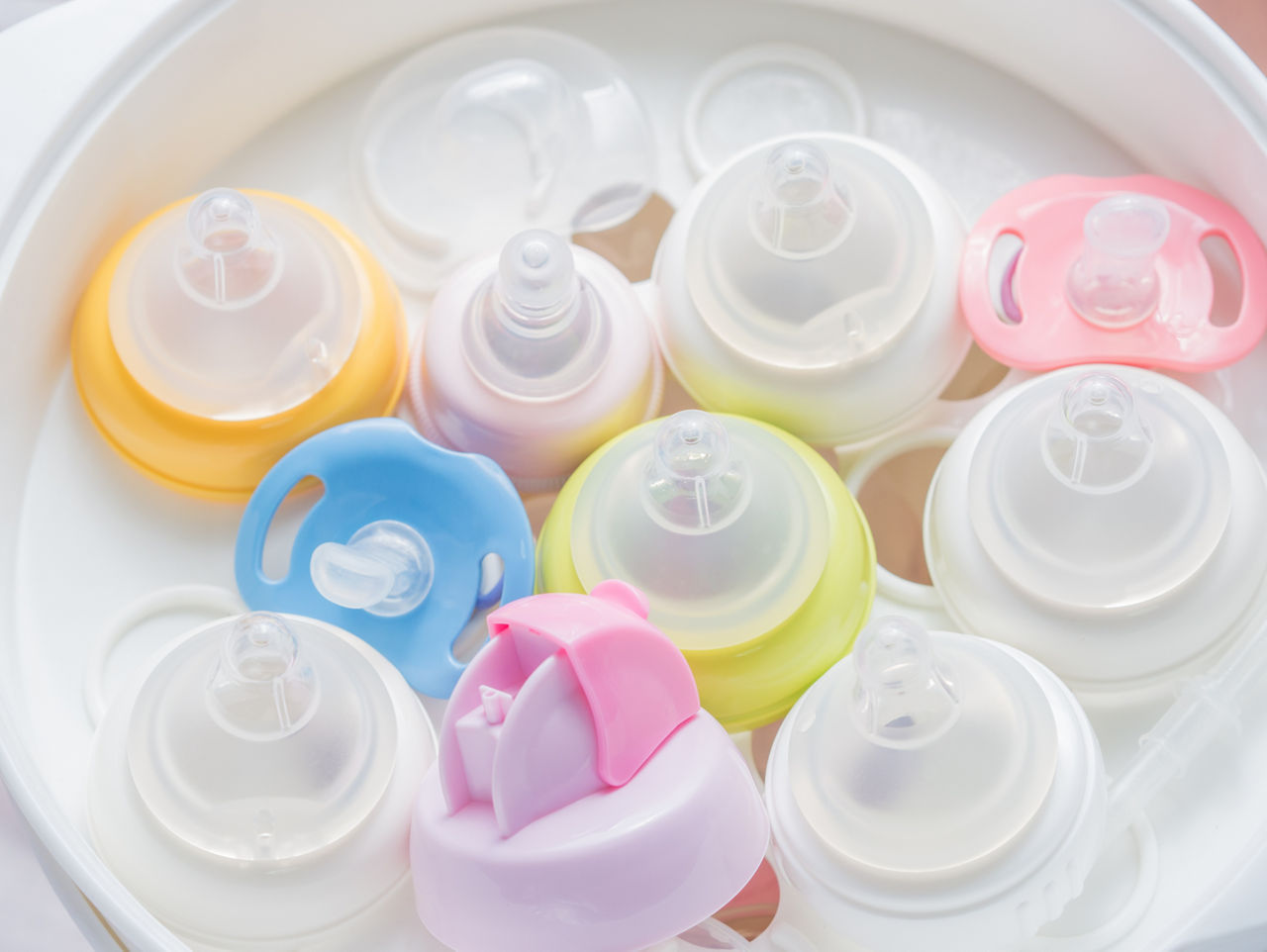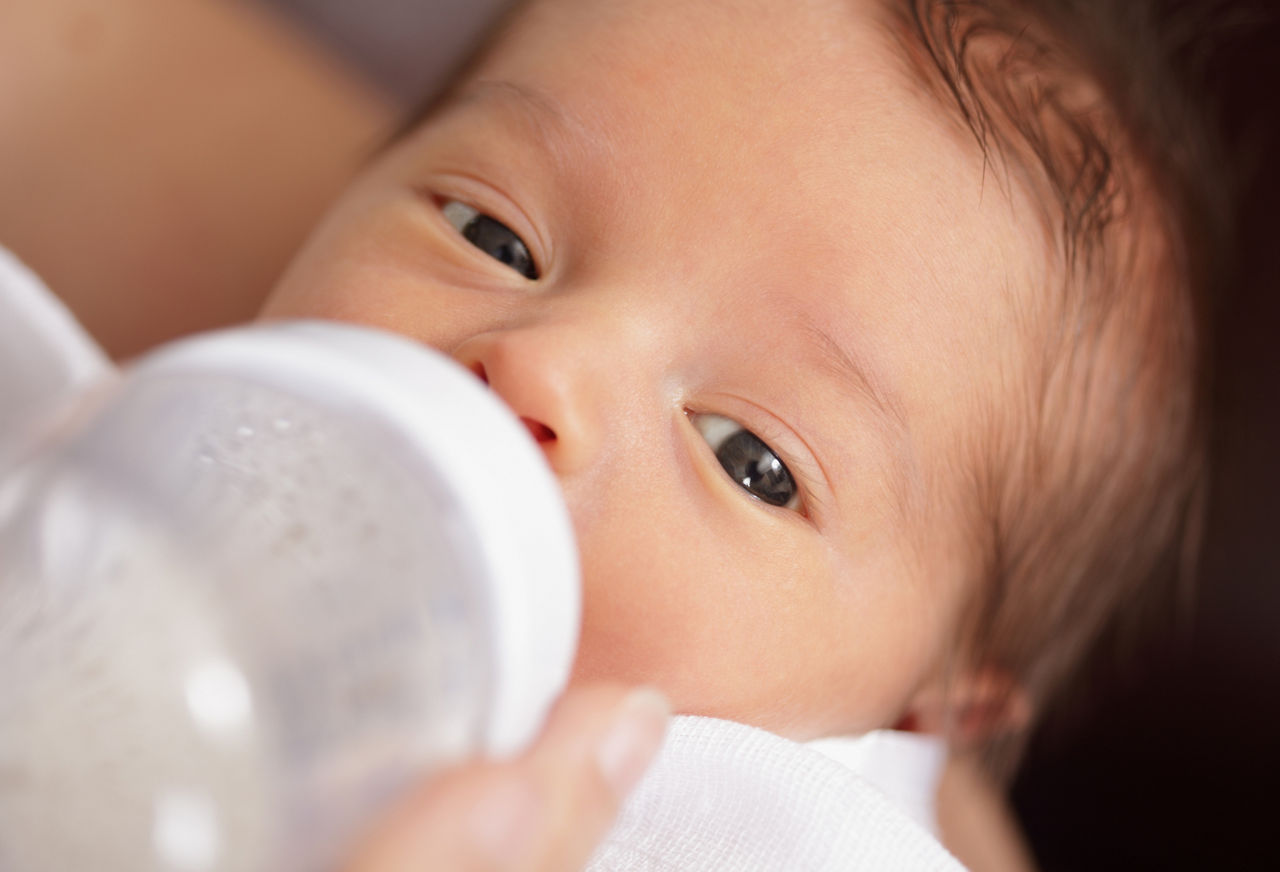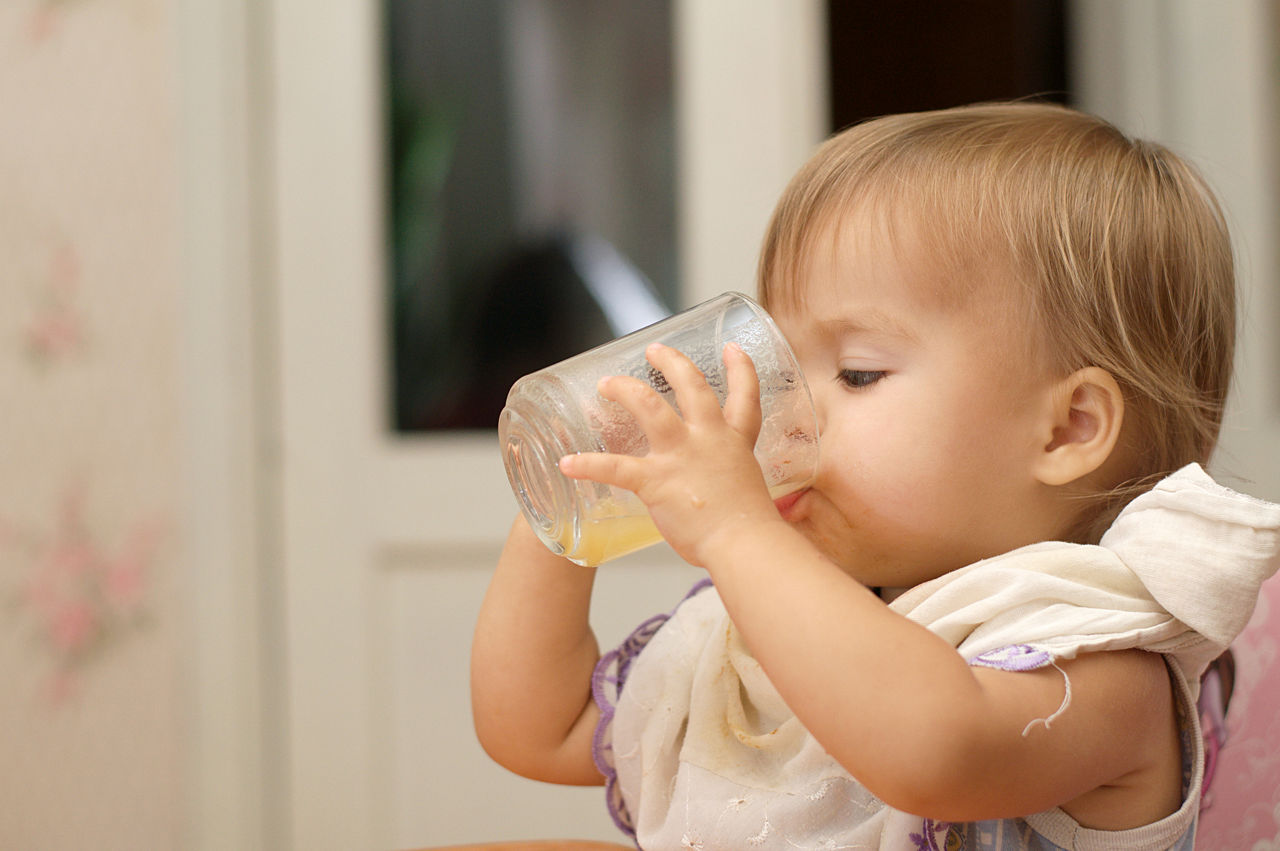Understanding formula milk
Formula and function
Discover which milk is right for your baby
Formula milks are designed to support each stage of your baby’s growth and development. Find out more about what formula milk is composed of, the different formats it’s available in, choosing which one is right for your baby, special formula milks that are available for specific dietary needs, and how to prepare formula milks correctly.

Formula milk is made with cows’ milk and is specially tailored to meet a baby’s nutritional needs with the addition of vitamins, minerals and LCP’s. It usually comes as a powder, ready to be mixed with boiled water and given in a bottle. Ready-made feeds are also available and can be useful if you’re on the go and for during the night.
Choosing a baby milk
Formula milks are usually categorised by age or nutritional needs. Infant formula (0−6 months) is either ‘whey dominant’ or ‘casein dominant’. It’s best to start with a whey-based formula milk and see how your baby gets on.

Infant Milk
Designed for newborns, these whey dominant milks are usually labelled 'suitable from birth' or 'first milk'

Follow On Milk
At around 6 months, a 'follow on milk' can be used to complement a weaning diet by providing the nutrients your baby needs while introducing new foods.

Growing Up Milk
Suitable from 12 months, these milks are designed to meet your toddler's nutritional needs, complementing their diet as they enter a more active phase of life
Hungry Milks
For hungrier babies there are formula milks containing proteins which form a thicker curd in the stomach. These are usually labelled 'hungry' or 'for hungry babies'.
Special Milks
There are also formula milks available that are specially designed for preterm babies, babies with feeding problems such as colic, constipation and lactose intolerance, or those with a cows' milk protein allergy. If you’re concerned about any of these conditions, ask your healthcare professional for advice.
Preparing formula milk
Powdered milk is not sterile, so it’s important to follow this guide to safe preparation.
- Always follow the instructions on the pack – some baby formulas have different preparation methods to others.
- Use fresh tap water that has been boiled – hot enough to kill any bacteria. Let it cool for 30 minutes before using it.
- Prepare a fresh bottle for each feed and throw away anything that’s left over, as bacteria can breed quickly at room temperature.
- Wash and sterilise all feeding equipment before use.
Last reviewed: 28th July 2014
Related articles

Need some help?
You can get quick answers to common questions in our FAQs.
Alternatively, if you need help with general pregnancy or baby advice, or maybe on using or ordering our products - our expert team are always on hand to talk about feeding your baby.
Important notice
Breastfeeding is best for babies. Infant formula is suitable from birth when babies are not breastfed. Follow-on milk is only for babies over 6 months, as part of a mixed diet and should not be used as a breastmilk substitute before 6 months. We advise that all formula milks including the decision to start weaning should be made on the advice of a doctor, midwife, health visitor, public health nurse, dietitian, pharmacist or other professional responsible for maternal and child care, based on baby’s individual needs.
Do not use if your baby has been diagnosed with a cow's milk allergy.
Use Toddler Milk as part of a varied balanced diet from 1 year.





